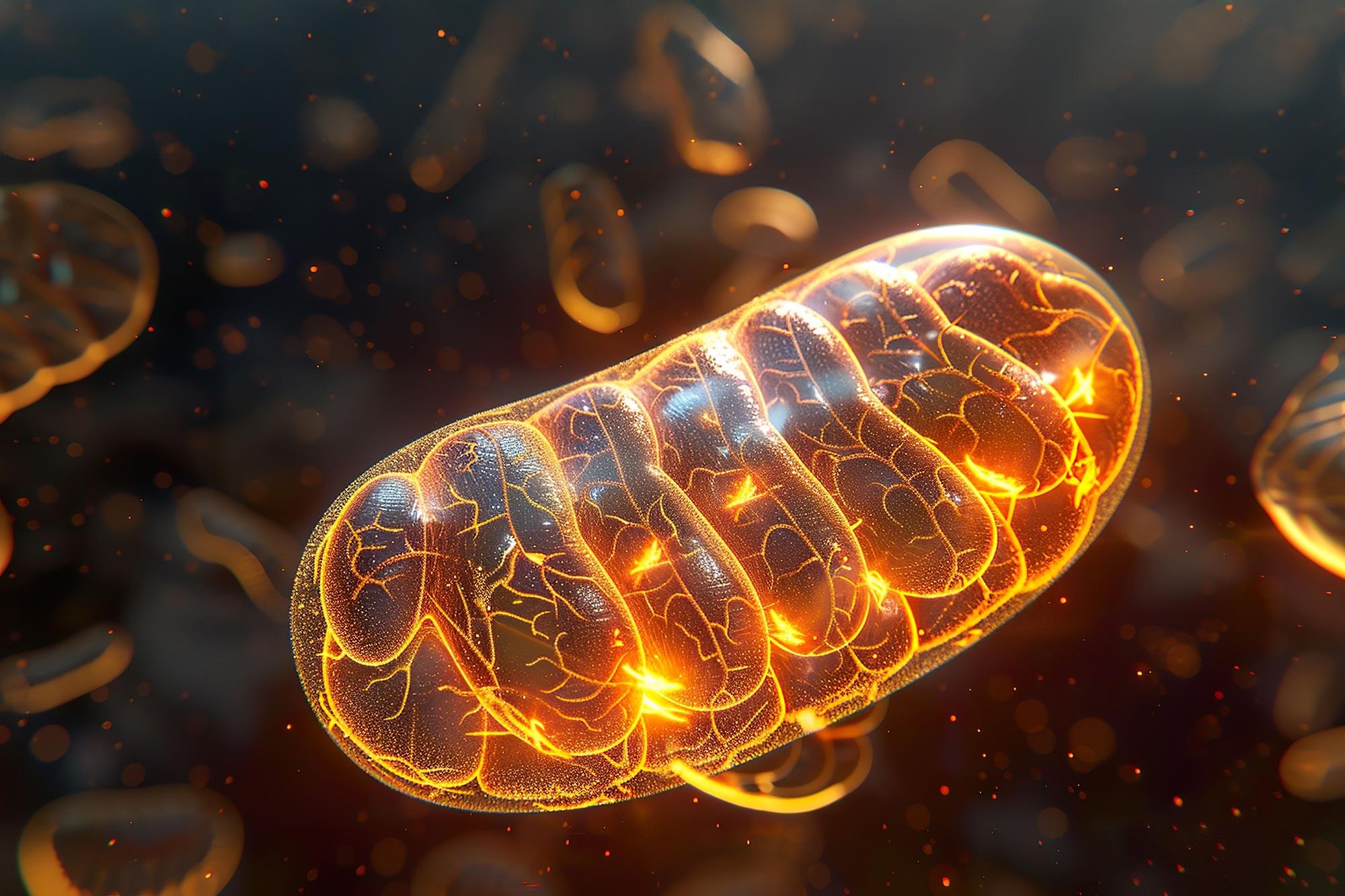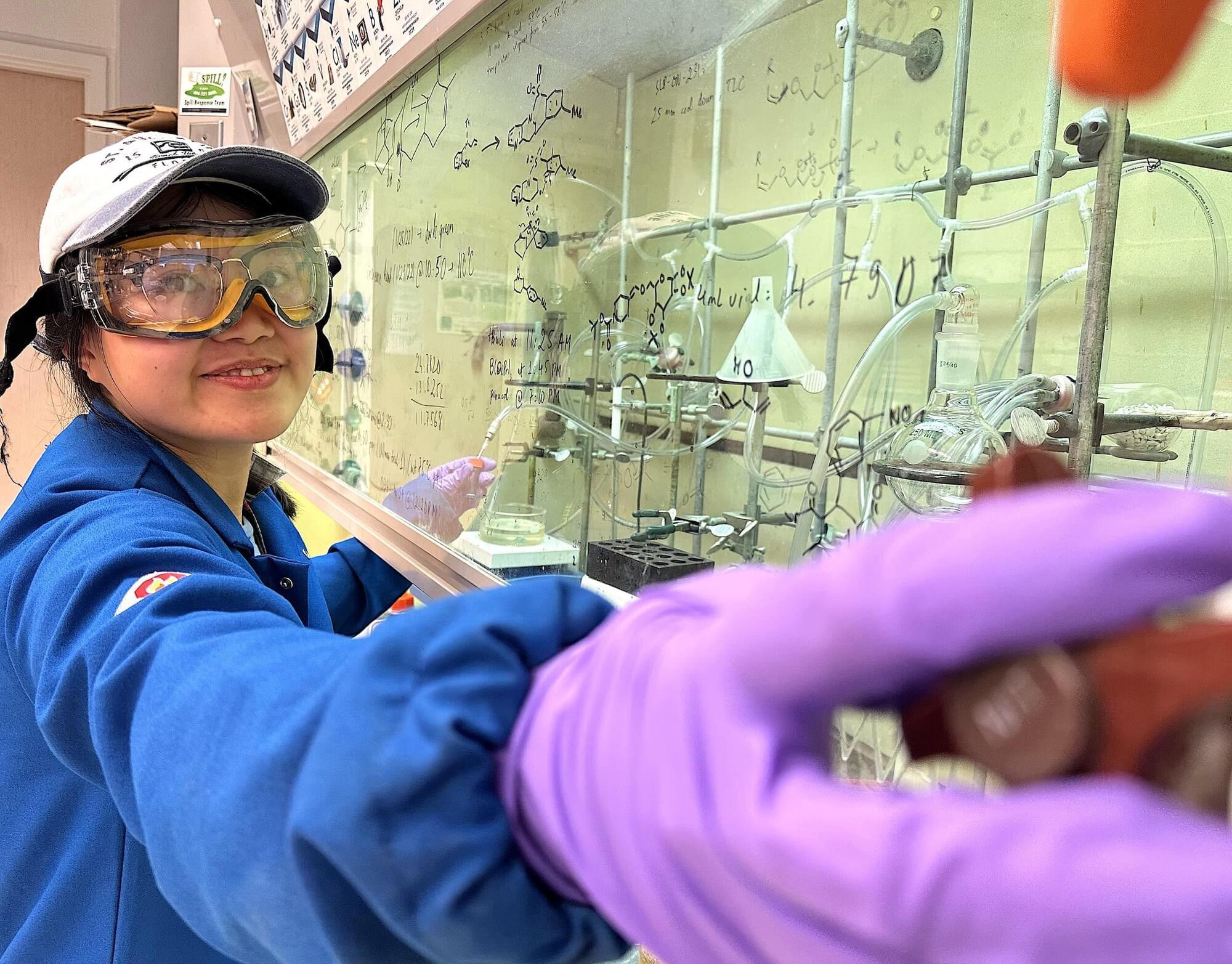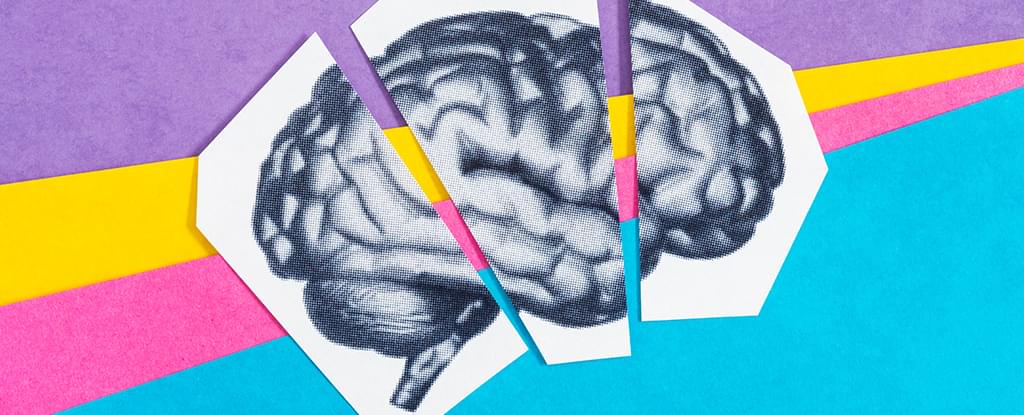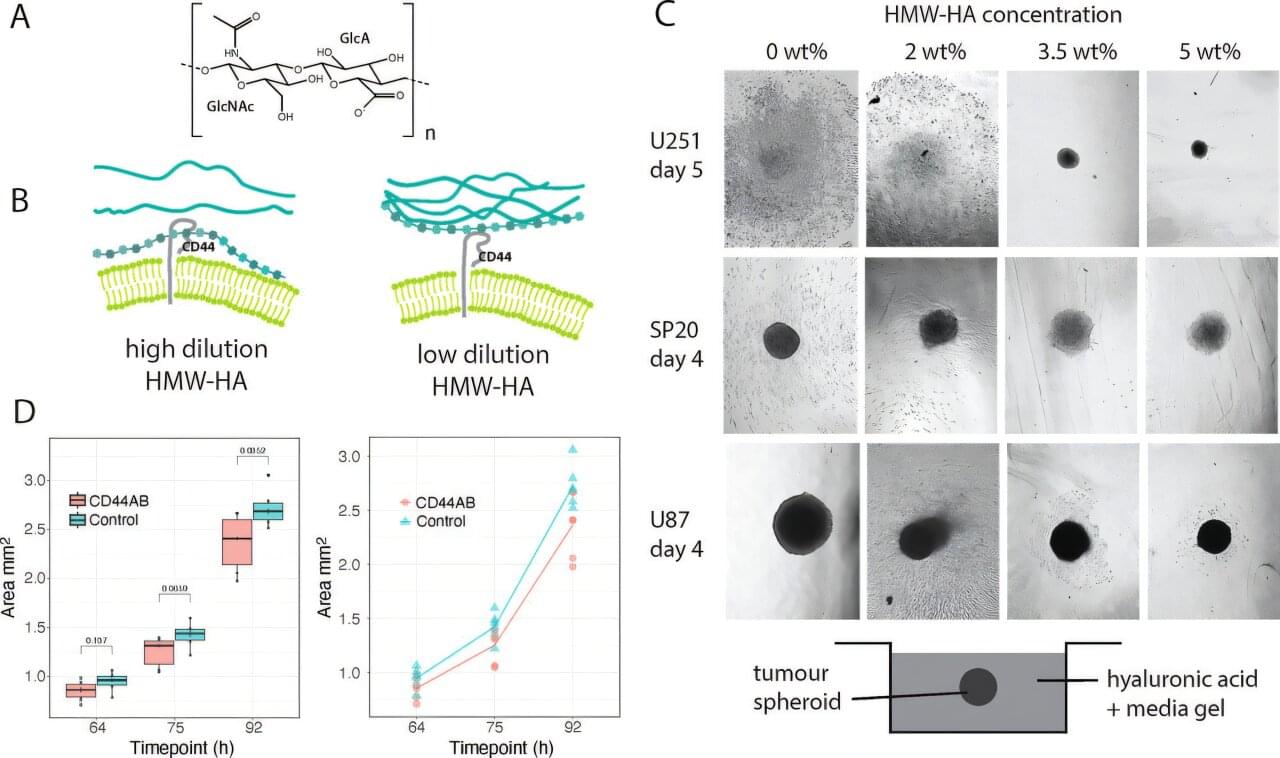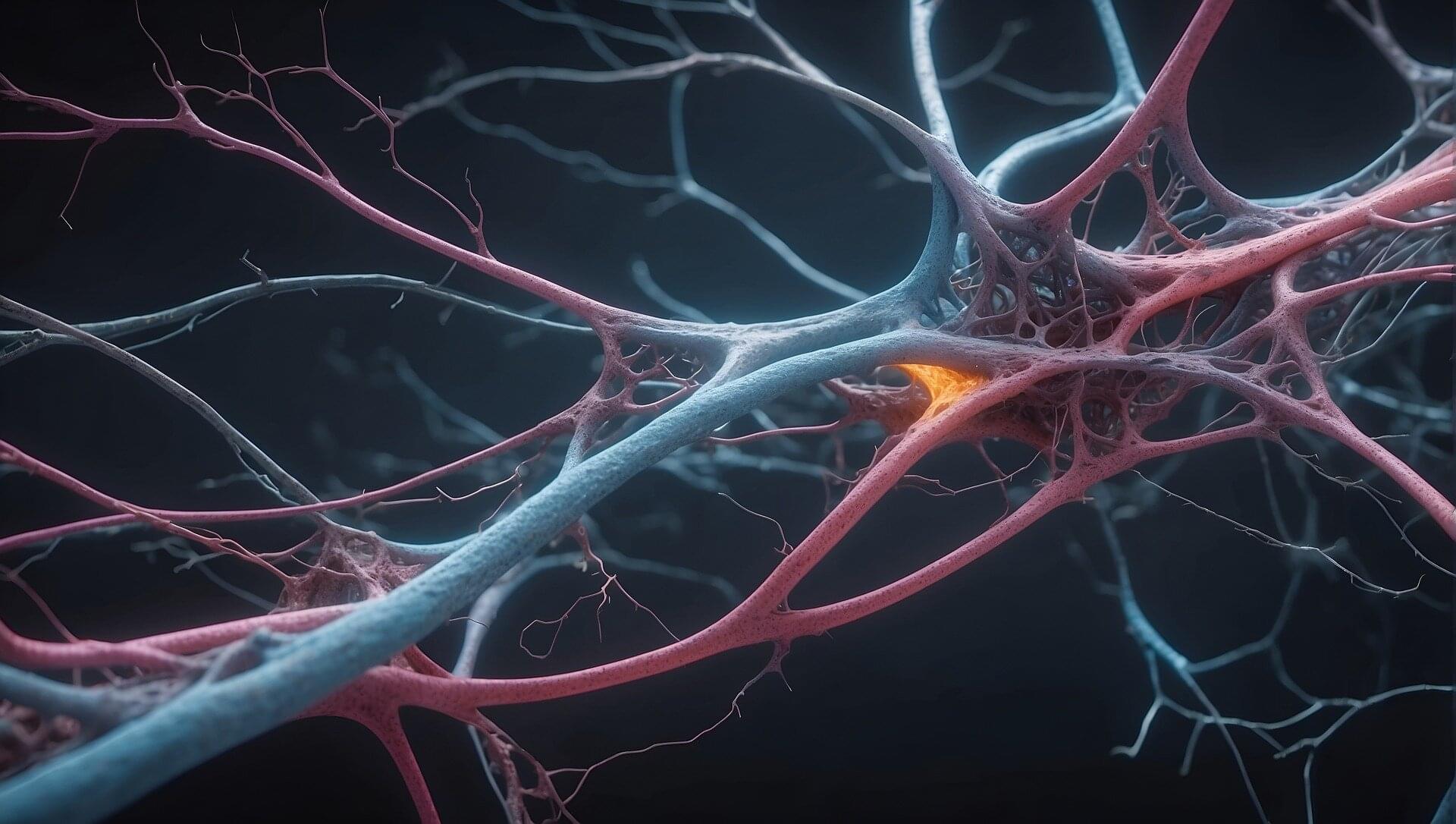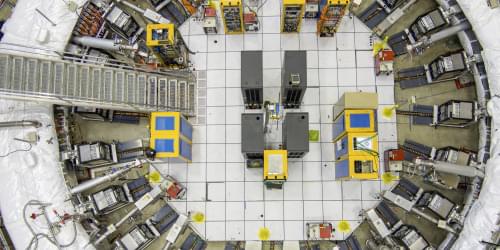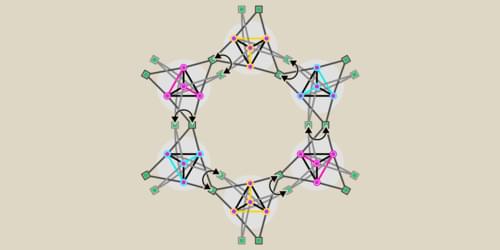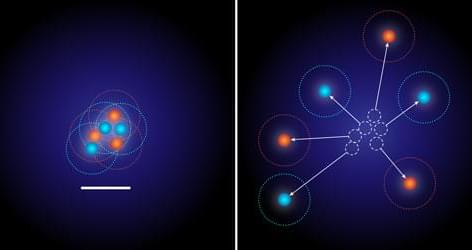Researchers at Tsukuba University in Japan report that memories acquired while awake are stored in a more permanent form (called memory consolidation) during the REM stage of sleep, and that this process requires the reactivation of only a few specialized neurons involved in memory formation. They found that three of these neurons are crucial for memory consolidation during REM sleep.
The researchers focused on adult-born neurons (ABNs) in the hippocampal region of the temporal lobe, which are rare neurons known to be essential for maintaining proper memory function as the loss of these cells is observed in Alzheimer’s disease. However, it has remained unclear why the loss of this small neuronal population has such devastating effects on memory.
In the Nature Communications study, specially genetically modified mice, in which the activity of ABNs could be monitored, were exposed to a fear experience, and the researchers examined if the activities of these ABNs during initial memory formation were reproduced during REM sleep, when dreaming is believed to occur.
